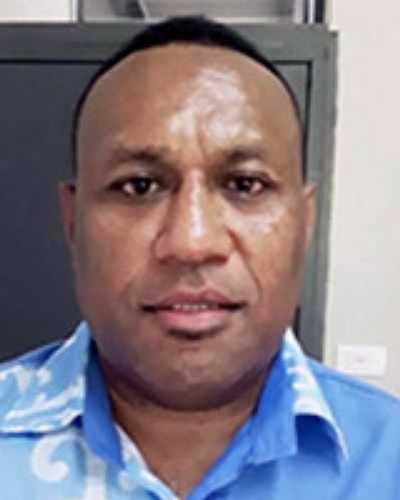early abstract:
Purpose: To explore Type 2 Diabetes Mellitus (T2DM) patients’ perspectives on diabetic foot complications and challenges of foot care management in Sigatoka, Fiji.
Methods: This study applied a qualitative approach among persons with diabetes who attended diabetic foot clinics from August to September in 2021. Participants were selected through purposive sampling and included any self-identified Fijian 18 years and over who had type 2 diabetes with a minimum diagnosis duration of six months and no experience of an amputation. Data was collected using semi-structured in-depth interviews and the content of interviews was transcribed and analyzed using thematic analysis to generate themes and sub-themes outlined in the study.
Results: The study included 30 participants. There were three major themes identified. The first was patient perceptions of diabetic foot complications which showed that there was very limited patient knowledge of how diabetes caused foot complications. The second was practicing foot care which reflected that commonly practiced recommendations were associated with daily activities like washing the feet. Lastly was patient perceptions of foot care services, whereby the majority were generally happy with the foot care services afforded to them.
Conclusion: The study results indicated that patients lacked sufficient knowledge about the symptoms, prevention, and healthy practices related to food complications. More effort needs to be invested into diabetes and foot care knowledge and practices for patients at the Sigatoka Hospital. This will help guide them to make life altering decisions that can help reduce the rate of diabetes related lower limb amputations which are easily preventable.



